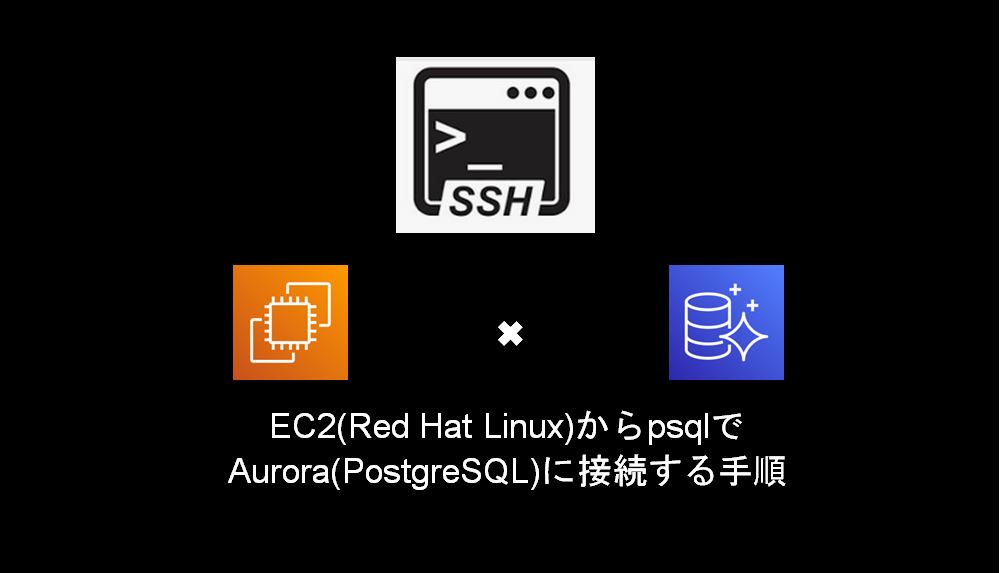
- AWS POSTGRESQL YUM HOW TO
- AWS POSTGRESQL YUM INSTALL
- AWS POSTGRESQL YUM UPDATE
- AWS POSTGRESQL YUM SOFTWARE
AWS POSTGRESQL YUM INSTALL
Login to the Server, make sure you have sudo or root privileges to install packages. PostgreSQL can be installed using the default Ubuntu repository.īut it may not have the latest version, but we will try to install postgreSQL from the centos 7 repository.
AWS POSTGRESQL YUM HOW TO
How to Install PostgreSQL on Centos 7 Installing from Default Centos 7 Repository PostgreSQL runs on all major operating systems, has been ACID-compliant since 2001, and has powerful add-ons such as the popular PostGIS geospatial database extender.
AWS POSTGRESQL YUM SOFTWARE
PostgreSQL has earned a strong reputation for its proven architecture, reliability, data integrity, robust feature set, extensibility, and the dedication of the open source community behind the software to consistently deliver performant and innovative solutions. PostgreSQL is an open source and powerful object-relational database system that uses and extends the SQL language combined with many features that safely store and scale the most complicated data workloads. And because those writes are done via consecutive and separate 10 000 inserts, I think that network interface between Docker and the rest of the world acts as a bottle neck in this case.In this blog post, I have explained how to install PostgreSQL on Centos 7. My explanation for this: the network interface between Docker and the rest of the world is the thing causing this slight overhead, because the problem appears only between native program Docker database and only while writing. That may be true (I bet it is true), but again, that should also affect that docker program docker database behavior. The second explanation was, that the use of alpine version of Postgres is compiled using different compiler that the Postgres running natively on Linux. Both these directories are on the same mounted volume and I don’t think changing that will affect this problem. But that - my opinion - does not make sense, because postgres_data is by default mapped automatically to /var/lib/docker/volumes/, so I don’t see a point to map it to (as was suggested) /var/lib/postgres/data. That I should map it to some proper directory. The first explanation was, that I don’t use properly that volume on postgres container. Some people reacted to this article in reddit, with some possible explanations to that something problematic. But, if you do this, please think about running all the programs (services, web servers, etc.), that communicate with this database, to run them also all in the Docker. There is no problem running database in Docker, in terms of speed. Start the service using sudo systemctl enable - now postgresql-13Ĭheck it running using systemctl status postgresql-13Ĭreate database benchmark and change postgres user password to password

Initialise database using sudo /usr/pgsql-13/bin/postgresql-13-setup initdb Install postgres using sudo yum install postgresql13 postgresql13-server -y Third step is to run Postgres 13 nativelyĮnable EPL repository using sudo amazon-linux-extras install epelĪdd repository using sudo tee /etc//pgdg.repo< Then logout and connect back again to make that user group change in effect. Run sudo docker command to check Docker is running (should be). add your user to docker group using sudo usermod -a -G docker ec2-user.start Docker using sudo systemctl start docker.enable Docker using sudo systemctl enable docker.install Docker using sudo yum install docker -y. update the machine running sudo yum update -y.First step, after your cloud machine is running, is to install Docker:
AWS POSTGRESQL YUM UPDATE


 0 kommentar(er)
0 kommentar(er)
